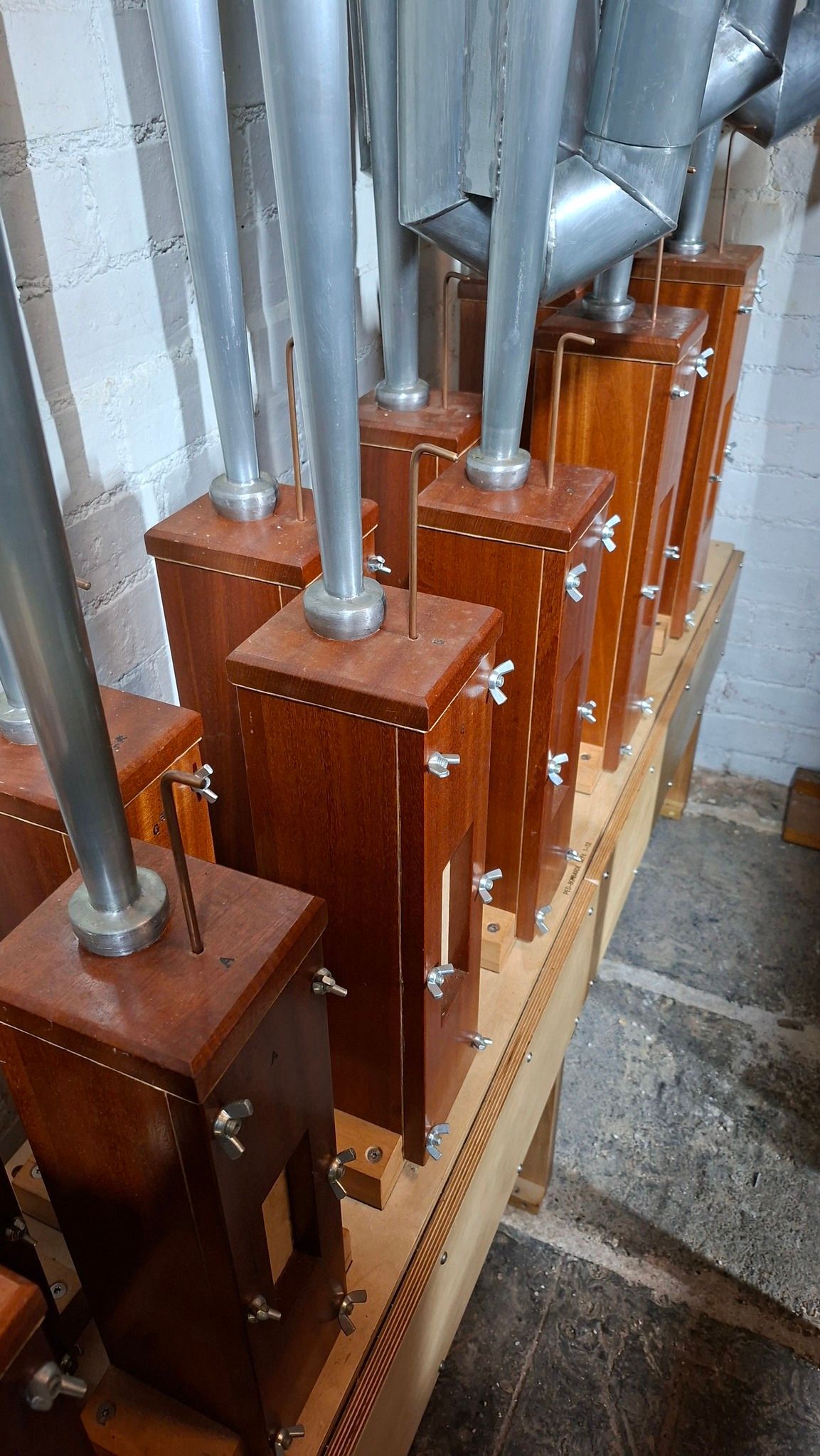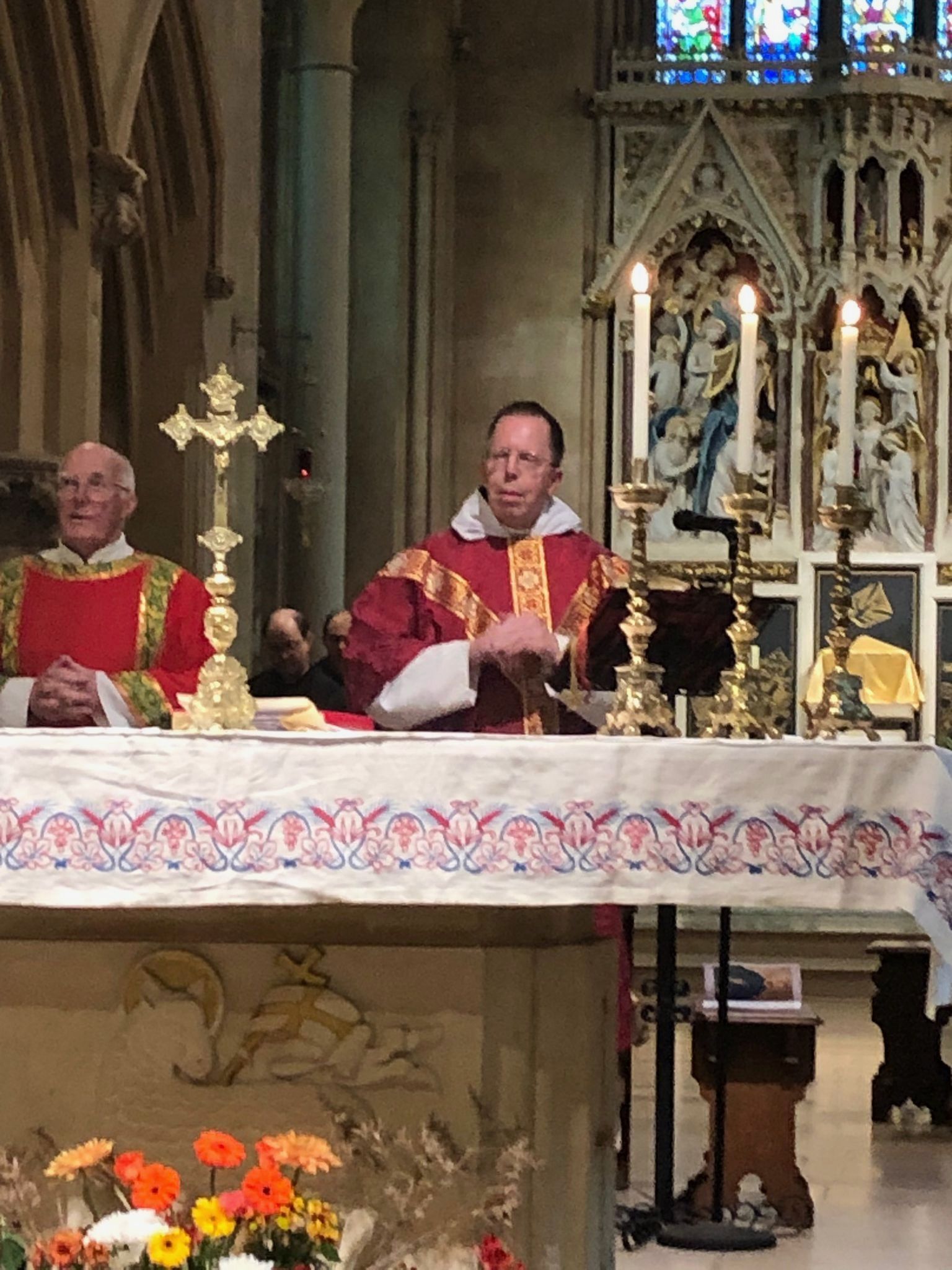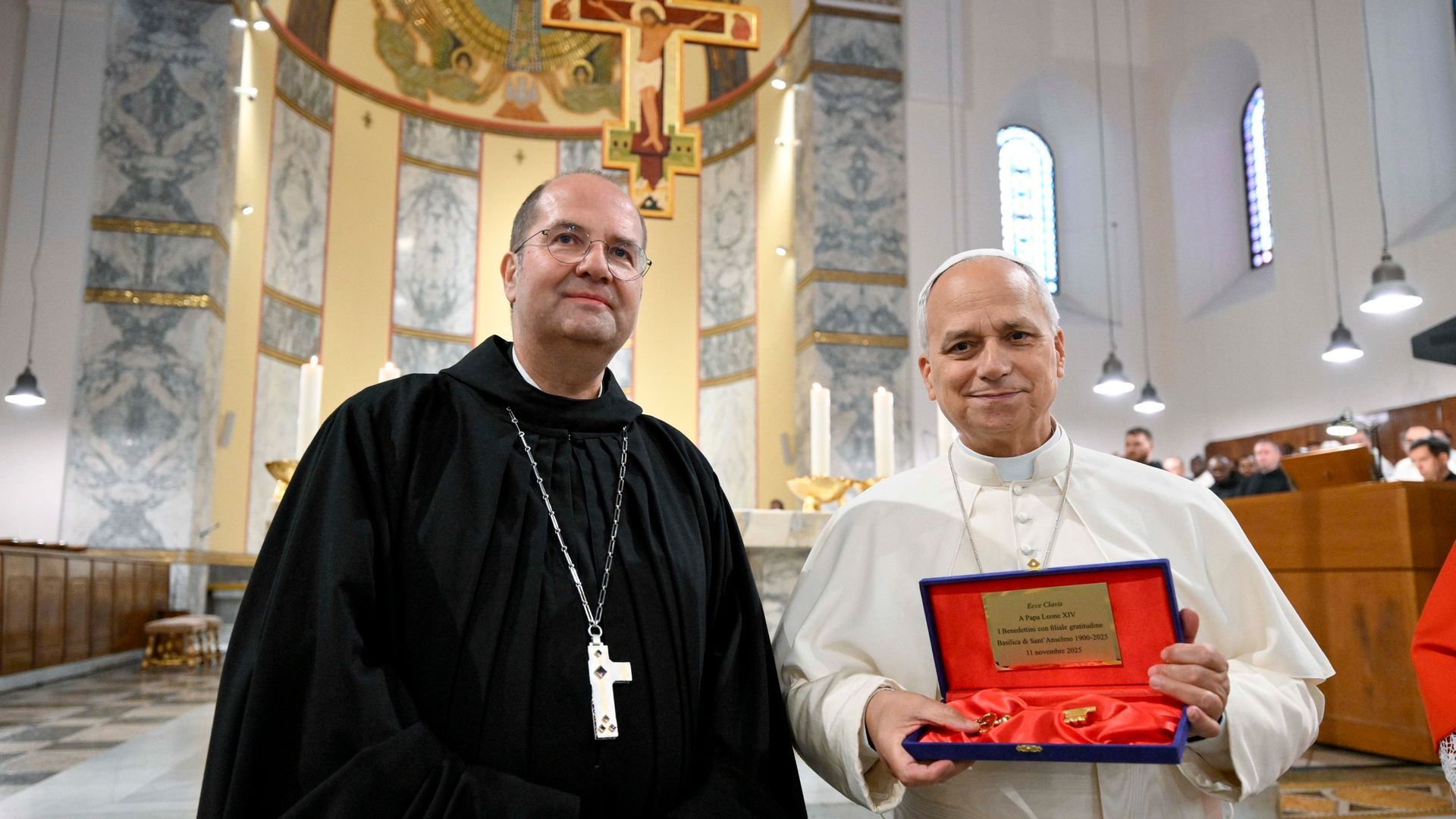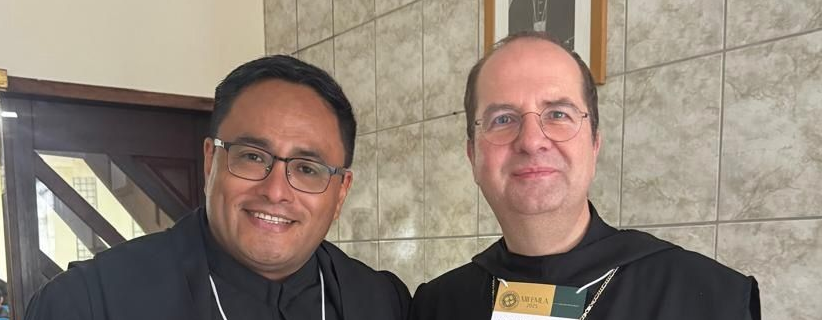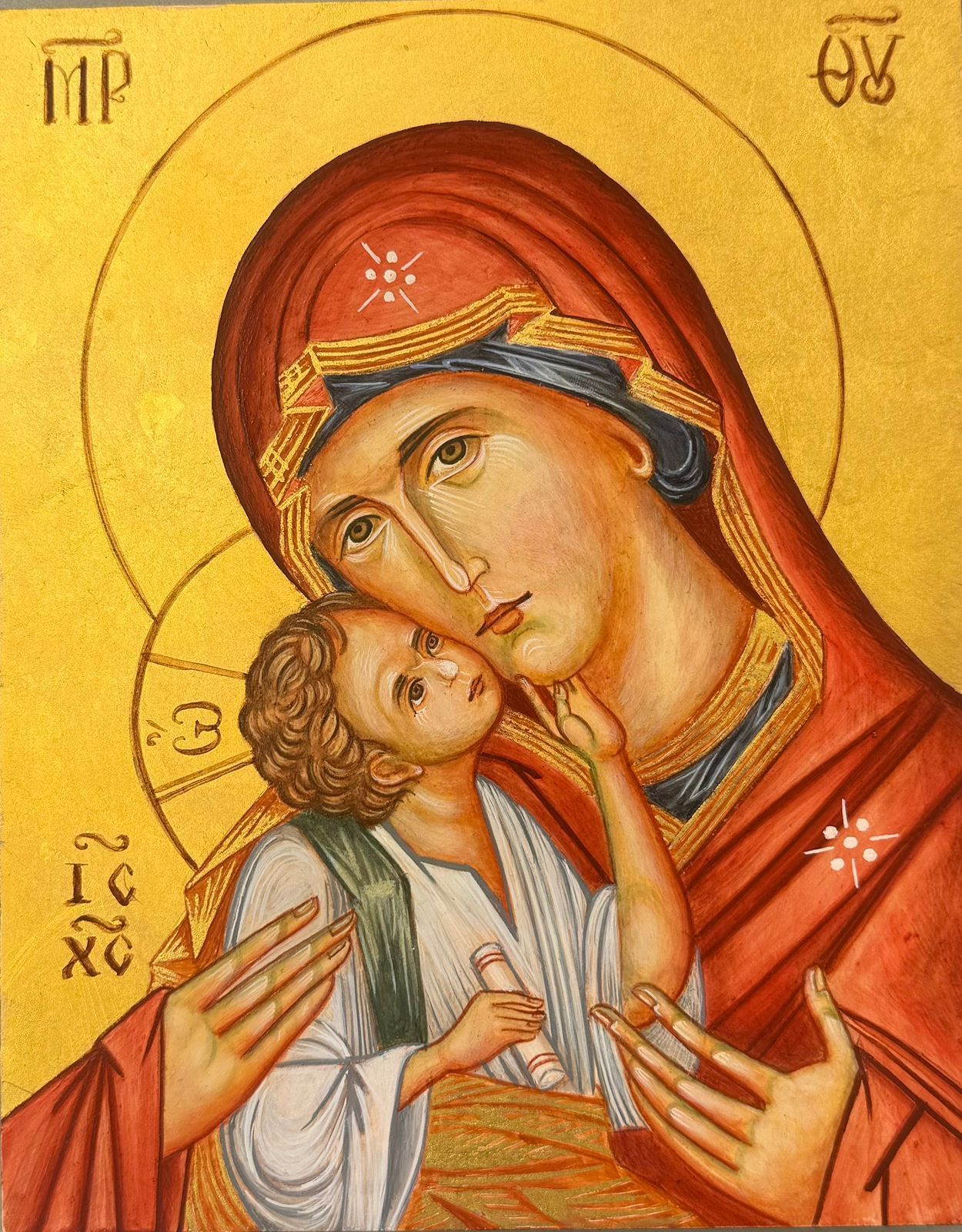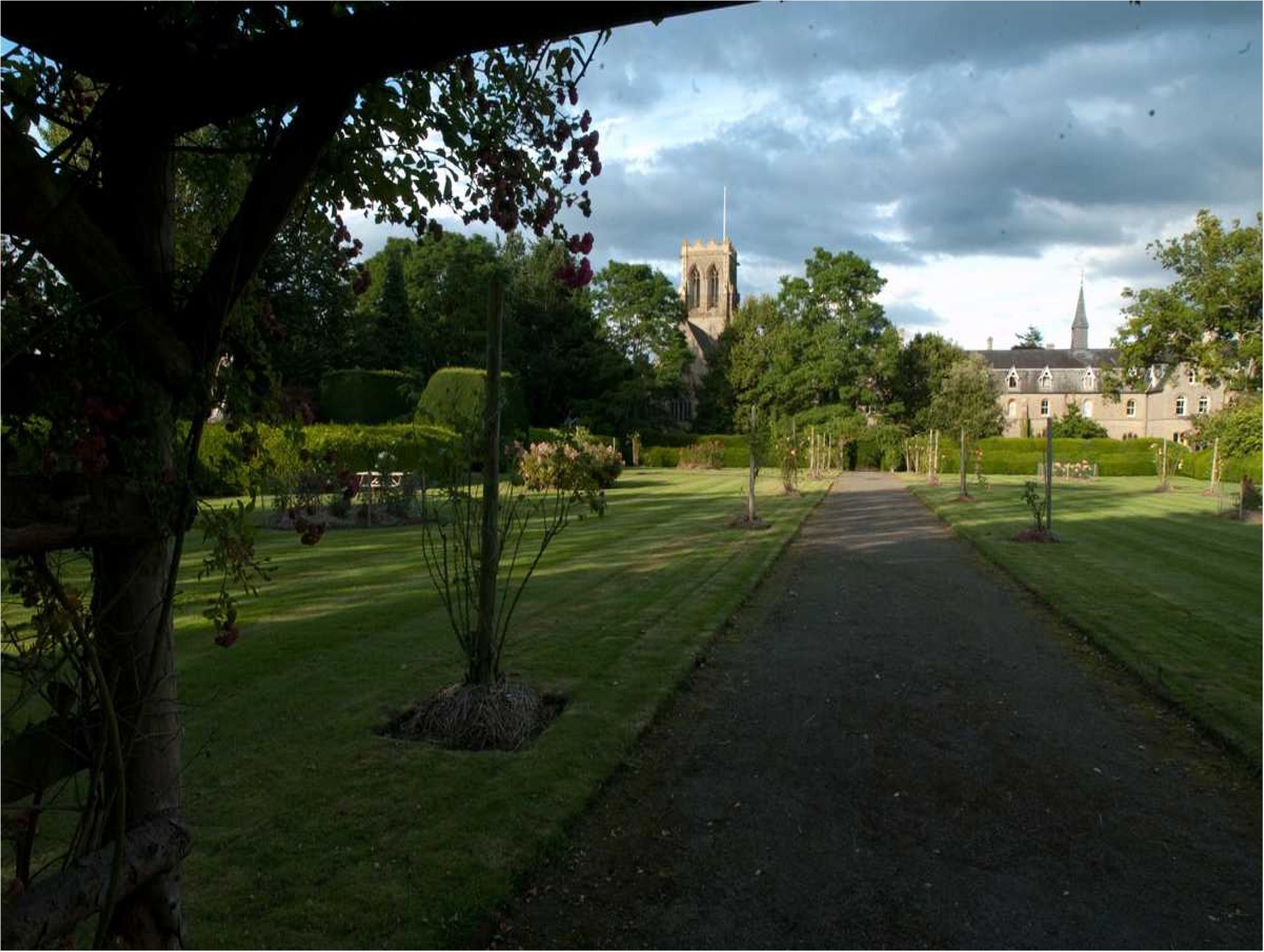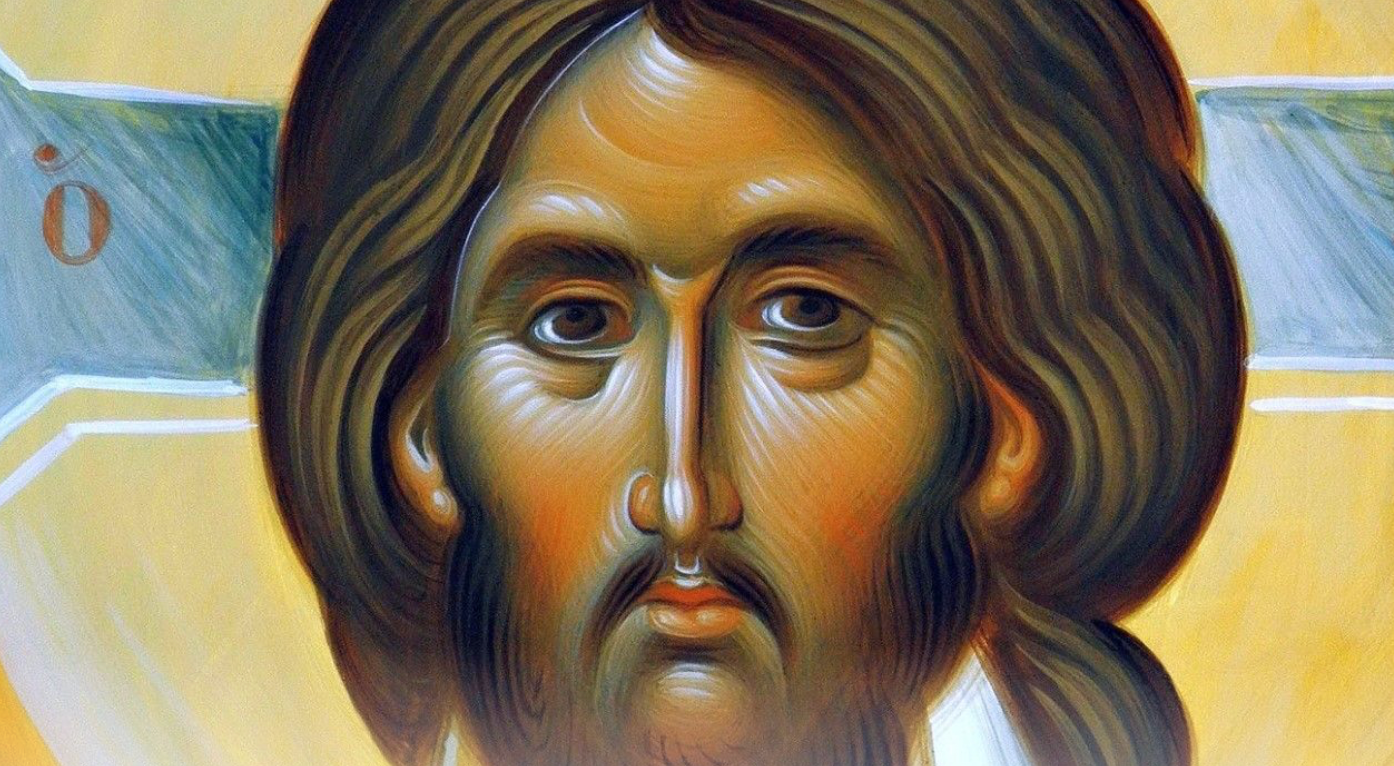Message of Abbot Paul - 2nd Sunday of Easter
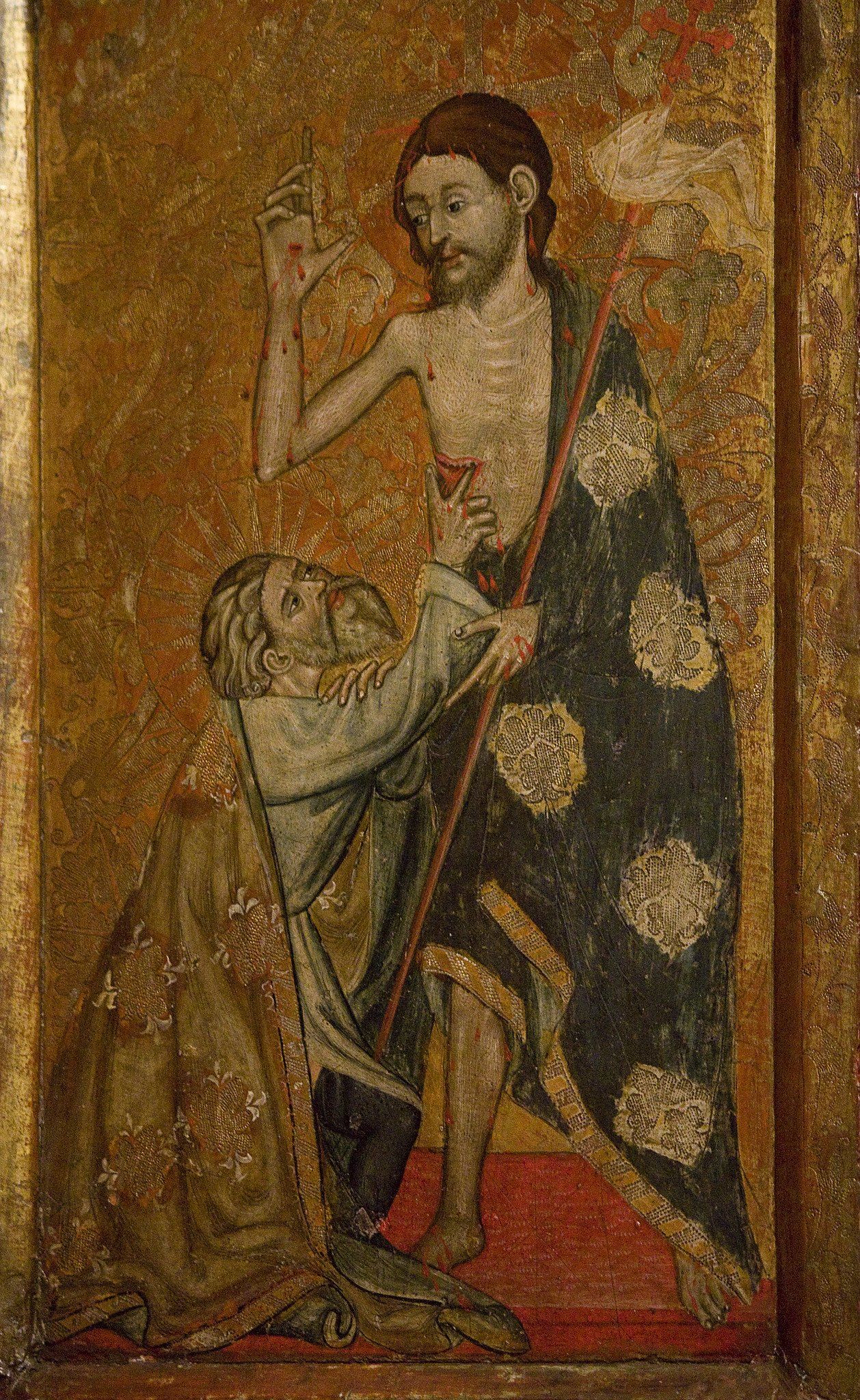
Message from Fr Paul for Sunday, 24th April 2022
The Octave of Easter is known by a number of names. Traditionally in the West, it was always called Dominica in albis depositis, as it was the day on which those baptised at the Easter Vigil took off the albs they had worn since that moment of new life. In English it is also known as Low Sunday, indicating that while still Easter Day, it is of a lower degree. In the Ambrosian Rite of Milan, it is known as the Sunday of Thomas on account of the Gospel reading for the day which centres on the faith of the Apostle Thomas. Pope St John Paul II also wanted it to be associated with devotion to the Divine Mercy. In the Eastern Churches, as they have a different method for calculating the date of Easter, today is Easter Sunday, so let us say a special prayer for those celebrating the Lord’s Resurrection today, especially our beleaguered brothers and sisters in Ukraine. Lord, may they soon know peace again and the restoration of their country to freedom and unity.
---
Our Gospel reading today is taken from John, (Jn 20: 19-31), which recounts the appearances of Jesus to the disciples in the room in which they were staying in Jerusalem, in which presumably they had also celebrated the Last Supper.
“In the evening of that same day, the first day of the week, the doors were closed in the room where the disciples were, for fear of the Jews. Jesus came and stood among them. He said to them, ‘Peace be with you’, and showed them his hands and his side. The disciples were filled with joy when they saw the Lord, and he said to them again, ‘Peace be with you.
‘As the Father sent me,
so am I sending you.’
After saying this he breathed on them and said:
‘Receive the Holy Spirit.
For those whose sins you forgive,
they are forgiven;
for those whose sins you retain,
they are retained.’”
Any mention of “the Jews” in John is usually a refence to the religious authorities who oppose Jesus, so this would include the high priests and many of the scribes or doctors of the law and Pharisees. Although the doors are locked, Jesus comes and appears among them. They are frighted of the Jews, but not of Jesus. He greets them, saying “Peace be with you,” a greeting that has passed into use in Christian worship, while showing them his hands and his side, indicating that their peace or reconciliation with God is to be found in the wounds made in his body at the crucifixion. That greeting also introduces a mission and the gift of the Spirit in order to accomplish it. They are to be sent, as Jesus himself was sent by the Father, the word apostle being derived from the verb to send, in Greek ἀποστέλλω. The gift of the Spirit will also enable them to discern whose sins they are to forgive and whose sins retain. John links Easter with Pentecost in a way the other evangelists do not.
So far, we have not met Thomas, but now the account focusses on him. He represents the whole of humanity.
“Thomas, called the Twin, who was one of the Twelve, was not with them when Jesus came. When the disciples said, ‘We have seen the Lord’, he answered, ‘Unless I see the holes that the nails made in his hands and can put my finger into the holes they made, and unless I can put my hand into his side, I refuse to believe.’ Eight days later the disciples were in the house again and Thomas was with them. The doors were closed, but Jesus came in and stood among them. ‘Peace be with you’ he said. Then he spoke to Thomas, ‘Put your finger here; look, here are my hands. Give me your hand; put it into my side. Doubt no longer but believe.’ Thomas replied, ‘My Lord and my God!’ Jesus said to him:
‘You believe because you can see me.
Blessed are those who have not seen and yet believe.’”
We don’t know why Thomas was not with them on the evening of that first Easter, but the following week, on the first day of the week, he is there when Jesus appears. In the meantime, the others have told Thomas how Jesus had appeared to them. He refuses to believe and puts conditions on his willingness to believe. To us he might seem too demanding in his requirements, even forensic, but Jesus will allow him to fulfil his wishes. Yet again, “Peace be with you,” but then he addresses Thomas only. His hands and side are still open wounds and Thomas is invited to touch and to go as deeply as he wants into those wounds that are the sign of the resurrection of Jesus. They are an indication that our wounds and the wounds of the world are a sign that we are already living the new life of the kingdom. Not only does Thomas no longer doubt, but he proclaims Jesus to be, “My Lord and my God.” This is the strongest declaration of the divinity of Jesus in the New Testament and one that has passed into the Church’s liturgy, both East and West. Thomas now believes because he has seen, but “Blessed are those who have not seen and yet believe.” We are those who are blessed. We have not seen the wounds of Jesus, but we experience our own and those of others. We, too, are invited to believe and doubt no longer, for, as St Augustine said, “doubt is the only proof of faith.” Think about it.

